Goodison Park is a stadium steeped in tradition and history. Established in the heart of Liverpool, England, it has been the home of Everton Football Club since its inauguration in 1892, making it one of the world’s oldest purpose-built football stadiums.
Its storied past and enduring charm make it a standout destination for football enthusiasts. Whether you’re an Everton fan or visiting for an away game, a visit to Goodison Park is definitely one to tick off the football bucket list.
When the stadium opened its doors for the first time on August 24, 1892, it had a capacity of around 12,000 spectators. The first match held was a friendly between Everton and Bolton Wanderers.
The ground’s first development came in 1909 when the first ever dugouts in a football ground were introduced at Goodison.
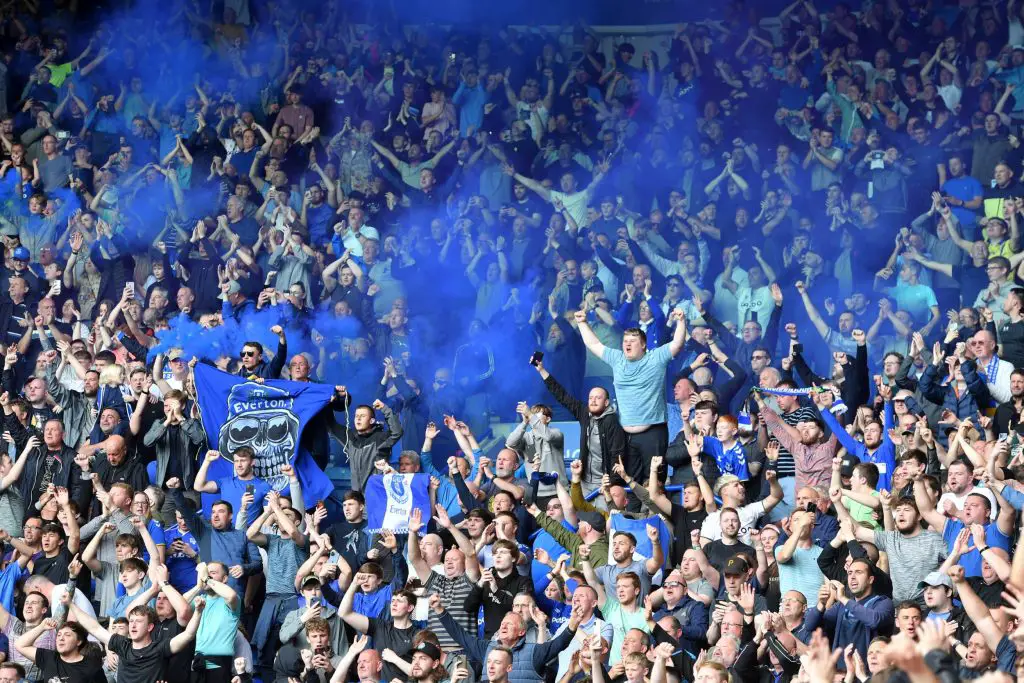
In 1926, the Bullens Road stand was erected, designed by famed football ground architect Archibald Leitch.
The BBC actually made a very interesting documentary about the club back in 1988. Well worth a watch if you’re an Everton fan.
His iconic design made a mark not only on Goodison Park but also on stadiums around the country. In 1938, the Goodison Road stand was reconstructed, and its distinctive two-tier structure remains to this day.
This video is a wonderful example of why Everton supporters are quite unlike any other.
Redevelopments of Goodison Park Stadium
Over the years, the stadium has undergone a series of renovations to keep up with modern demands and safety regulations.
One of the most significant changes took place in 1971 when the Gwladys Street End was covered, and the Park End was rebuilt in 1994, which added new executive boxes and a modern structure to the ground.
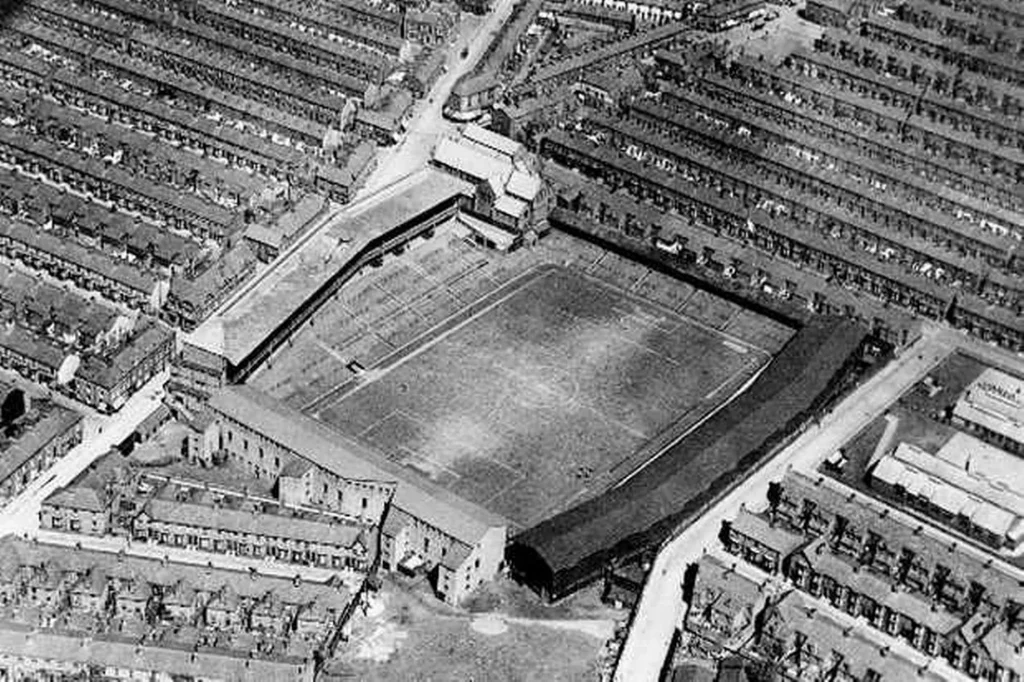
The capacity of Goodison Park has fluctuated over the years due to various redevelopments and regulations.
In the 1960s, it could accommodate over 70,000 spectators, but following the recommendations of the Taylor Report in 1990 – a document written in the aftermath of the Hillsborough disaster, which set out requirements for top-flight stadiums to be all-seater – the capacity was reduced.
As of now, Goodison Park holds just under 40,000 spectators.
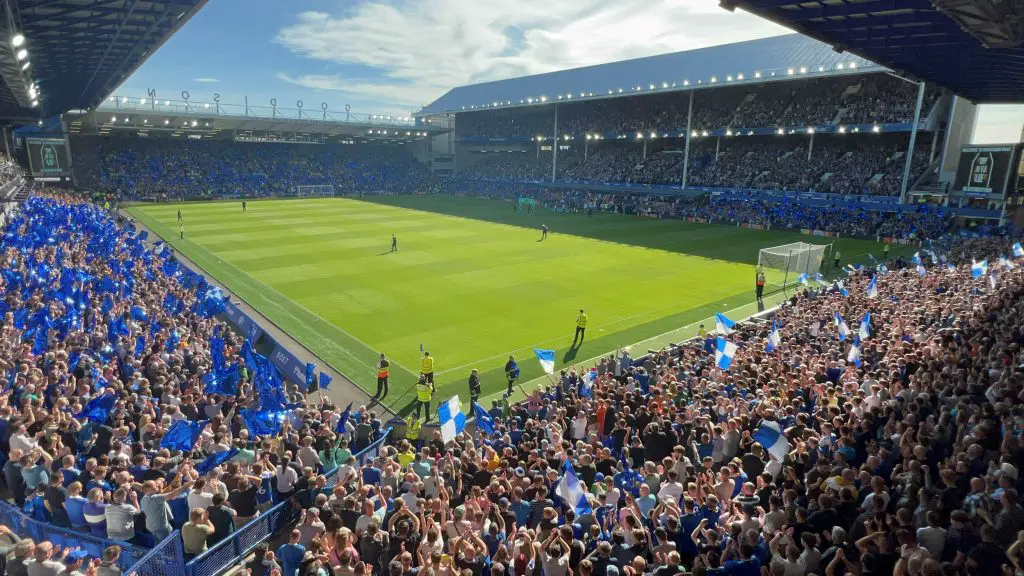
Goodison Park’s design, complete with its tightly-packed seats and vertical stands, makes for an intense atmosphere, particularly on match days.
The intimacy of the ground, along with the sound generated by passionate Evertonians, gives Goodison Park its famous “Bear Pit” atmosphere that many opposing teams find intimidating.
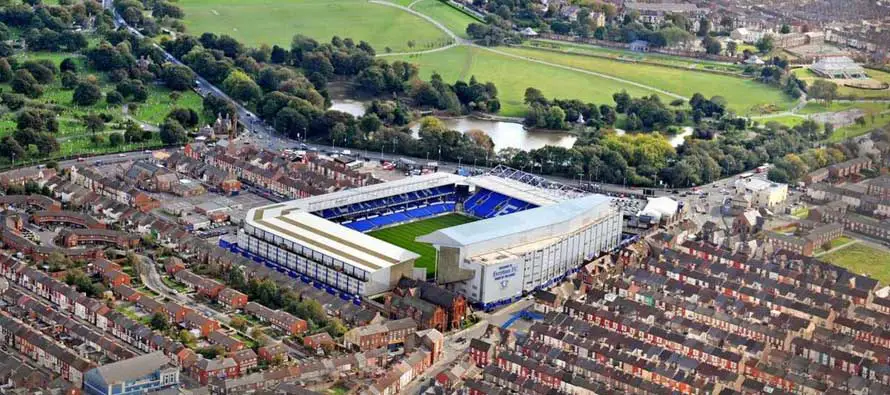
Goodison Park, with its deep history and evolving architecture, stands as a monument to the beautiful game. The venue combines the charm of tradition with modern amenities, ensuring a memorable experience for spectators.
A brand new stadium coming soon
While plans for a new stadium at Bramley-Moore Dock are in progress, Goodison Park continues to be a symbol of pride for Evertonians, making any seat in this iconic venue a prized one, but development is well under way and Everton will soon have one of the most modern and inviting stadiums in England. You can check out the latest work in this video.
Notable Players and Managers
The grandeur of Goodison Park would be incomplete without the legendary figures who have graced its pitch. Everton’s history is adorned with extraordinary talent, which has contributed to its rich legacy.
Fabled Figures on the Pitch
Dixie Dean, often referred to as the greatest ever Everton player, was a prolific striker in the 1920s and 30s. He still holds the record for the most goals scored in a single English top-flight season with 60, a feat he achieved during the 1927-28 season.
Alan Ball, part of England’s 1966 World Cup-winning squad, also dazzled at Goodison Park. Known for his tireless work rate, Ball was adored by the Toffees’ faithful for his unwavering commitment and dedication on the pitch.
This wonderful tribute video to Alan Ball shows just what an impact he had on the beautiful game.
In the modern era, the name Wayne Rooney rings a bell. A product of the Everton youth system, Rooney burst onto the scene as a 16-year-old with a stunning goal against Arsenal. His two spells at the club, punctuated by a successful period at Manchester United, were marked by his technical prowess and goal-scoring ability.
More recently, players like Leighton Baines and Seamus Coleman have become iconic figures.
Baines is renowned for his attacking prowess from the left-back position, while Coleman, a bargain signing from Sligo Rovers, has proven to be a stalwart at right-back and a superb leader.
Masterminds on the Touchline
Equally as important as the players, several managers have etched their names into Everton’s history.
Harry Catterick, who managed Everton from 1961 to 1973, led the club to two League Championships and an FA Cup victory.
Howard Kendall, another of Everton’s greatest managers, led the team to two League Titles, an FA Cup, and the European Cup Winners’ Cup in the mid-1980s.
His “Holy Trinity” midfield of Peter Reid, Kevin Sheedy, and Trevor Steven is still fondly remembered by fans.
David Moyes also had a successful spell at Goodison Park from 2002 to 2013.
Under his guidance, Everton regularly finished in the top half of the Premier League and even qualified for the UEFA Champions League in the 2004-05 season.
These players and managers, along with many others, have left indelible marks on Goodison Park. Their performances and achievements have created an atmosphere and legacy that continue to inspire and delight spectators.
Grandstand Reviews
Goodison Park consists of four main stands: The Sir Philip Carter Park Stand (also known as Park End), The Main Stand (Goodison Road), The Howard Kendall Gwladys Street End, and The Bullens Road Stand.
Each stand offers a unique view and experience, contributing to the overall charm of the ground.
The total capacity of Goodison Park is 52,888.
Grandstand Reviews
As part of your Goodison Park experience, it’s important to understand what each of the four main grandstands has to offer.
Each of them holds its unique appeal and offers a different experience for spectators.
Goodison Road Stand
Built between 1969 and 1971, the Goodison Road Stand is an iconic part of Goodison Park’s landscape. This double-decker stand was designed to replace the large double-decker Archibald Leitch design of 1909. It now consists of three levels: the Main Stand, the Family Enclosure, and the Top Balcony. The stand became fully seated in 1987, accommodating a total of 12,664 spectators.
You might find it interesting that the back wall of the stand is cut into due to the non-square nature of the Goodison Park site, giving it a unique look. As the home to conference and hospitality facilities, this stand often buzzes with activity even on non-match days.
With a seat in the Goodison Road Stand, you’ll get a great view of the match, plus the atmosphere in the stand can be quite engaging, making it a perfect choice for families and groups.
Bullens Road Stand
On the east side of the ground is the Bullens Road Stand. This stand comprises the Upper Bullens, Lower Bullens, and The Paddock, accommodating a total of 10,546 spectators. The south end of this stand houses away supporters, while the north corner connects to the Gwladys Street Stand.
One of the unique features of this stand is the Upper Bullens area, which is decorated with Archibald Leitch’s distinctive truss design, a nod to the stadium’s rich history.
This stand offers a decent view of the match, although some seats may be obstructed by pillars towards the back rows.
Howard Kendall Gwladys Street End
Also known as the ‘Popular End’, the Howard Kendall Gwladys Street End is behind the goal at the north end of Goodison Park. With a capacity of 10,611, this stand holds the most passionate and vocal home supporters.
If Everton wins the toss before kick-off, the captain traditionally chooses to play towards this end in the second half, a nod to the energetic atmosphere this stand is known for.
If you enjoy being in the heart of the action with the most enthusiastic fans, the Howard Kendall Gwladys Street End could be the perfect choice for you.
Park End Stand / Sir Philip Carter Park Stand
The Sir Philip Carter Park Stand, commonly referred to as the Park End, is at the south end of the ground behind one goal. This single-tiered stand broke from the multi-tiered tradition of Goodison Park, and currently has the smallest capacity at Goodison Park, accommodating 5,750 spectators.
This stand has seen many transformations over the years. Notably, in the 1960s and 70s, both ends of the ground featured a large arc behind the goals, a requirement for the 1966 World Cup to keep the crowd a required distance from the goals.
Today, the Sir Philip Carter Park Stand offers unobstructed views of the pitch and a more relaxed atmosphere, ideal for those who want to focus on the game without the intense fanfare found in some other sections of the ground.
Whether you’re a passionate supporter seeking the electrifying atmosphere of the Howard Kendall Gwladys Street End or a family looking for a more relaxed experience in the Goodison Road Stand, each grandstand at Goodison Park offers a unique matchday experience.
Be sure to consider these aspects when selecting your seating for Everton matches at this historic venue.
Whatever grandstand you prefer, spare a thought for the commentators who have one hell of a journey to get to the “commentary box”. Watch this video to see just how.
Hospitality Options
Goodison Park provides a range of hospitality options, offering guests a blend of football tradition and modern luxury. These options vary in terms of the amenities they provide and their location within the stadium, catering to different preferences and budgets.
The 1878 Lounge
Named after the year of Everton’s foundation, the 1878 Lounge offers an impressive hospitality experience. Located in the Main Stand, it offers access to a private suite and exclusive padded seating directly outside the lounge.
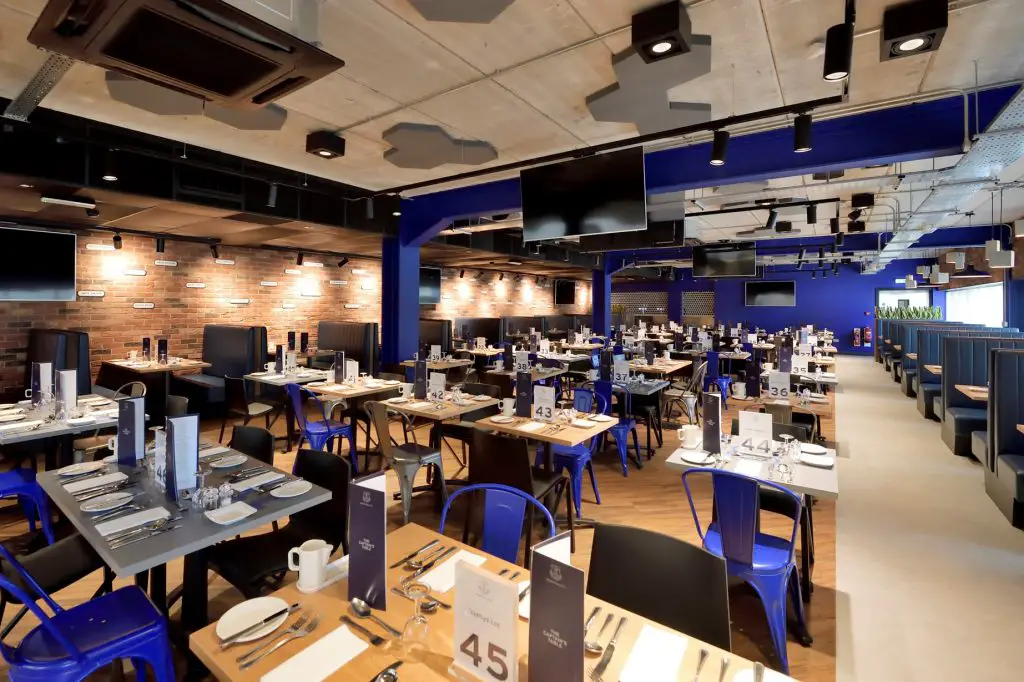
Guests enjoy a three-course meal, complimentary bar (excluding champagne), match program, and dedicated hosts.
The Alex Young Suite
Situated in the Park End stand, the Alex Young Suite is named after one of Everton’s greatest players. It offers an informal yet stylish setting with a complimentary bar and two-course pre-match meal. Seats are located in the Upper Bullens stand and offer a great view of the action.
The Captain’s Table
The Captain’s Table, also located in the Park End stand, offers a fantastic match day experience with an executive host, four-course meal, and complimentary bar.
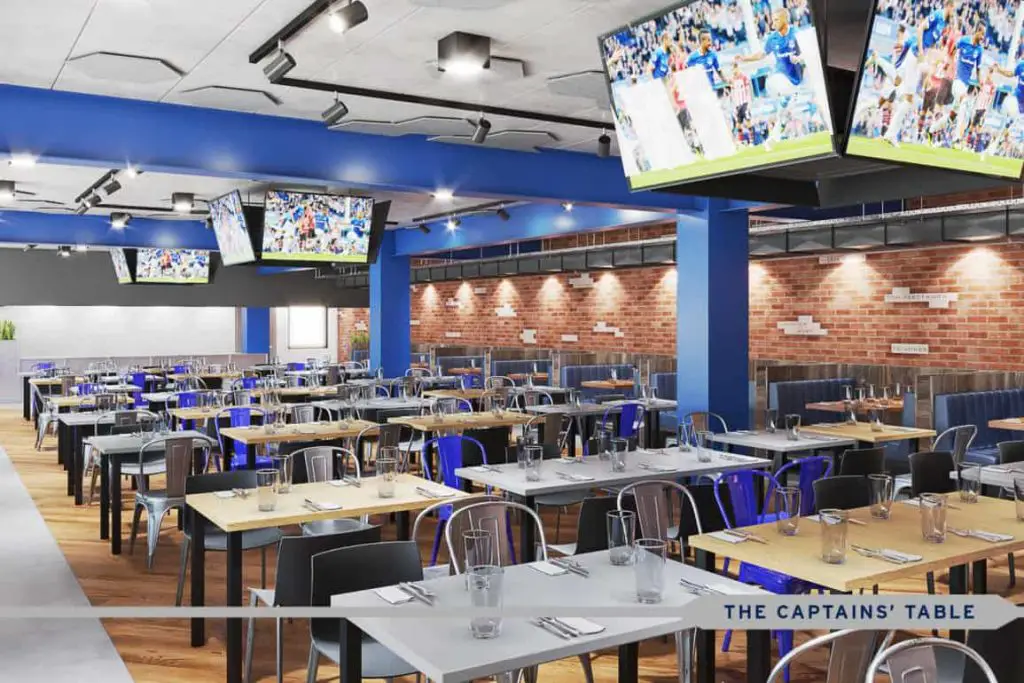
It features current and former player interviews and seats located in the Directors’ box in the Main Stand, providing some of the best views in the stadium.
The People’s Club
The People’s Club, situated in the Park Stand, offers a relaxed atmosphere with access to a lounge, a two-course pre-match meal, and cash bar facilities. The seats for match viewing are located in the Upper Bullens stand.
Each of these hospitality options offers a unique way to experience a match at Goodison Park. Whether you’re after a luxurious and exclusive experience, or you prefer a more relaxed and informal atmosphere, the hospitality options at Goodison Park cater to a variety of tastes and budgets.
Away Fan Seating at Goodison Park
When visiting Goodison Park, away fans are typically allocated seats in the Bullens Road Stand. The section reserved for visiting supporters is at one side of the pitch, towards the Park Stand end of the ground.
The Bullens Road Stand is one of the older stands in the stadium, giving it a traditional football ground feel. Despite the presence of some obstructing pillars, the close proximity to the pitch can create an intimate and exciting viewing experience.
The allocation for away supporters can vary depending on the match and the demand, but it’s usually around 3,000 seats, distributed across both the lower and upper tiers of the Bullens Road Stand.
In the event of cup games or other specific matches where demand from away fans is particularly high, additional sections of the Park Stand can be made available to accommodate them.
Visiting Goodison Park offers away fans a chance to experience a game in one of English football’s most iconic venues. The historical charm and typically vibrant atmosphere make for a memorable matchday experience.
How to Get to Goodison Park
Conveniently located in the heart of Liverpool, Goodison Park is accessible via a variety of transportation methods, including car, train, bus, coach, and even by foot for those who live close by. Below are some guidelines for each mode of transport.
Driving Routes
Goodison Park is situated close to the M57 and M58 motorways. If you’re coming from the M57, you can take the A580 (East Lancashire Road) towards Liverpool. Once you get to the end of the road, follow the signs for Goodison Park. It’ll only take around 10 minutes to get the Goodison Park area, but expect heavy traffic once you reach the park.
If you’re coming from the M58, continue until you reach the M57, then take the same route as above.
Parking around the ground is limited, and much of the nearby residential areas are permit holders only.
There are some private matchday car parks located around Stanley Park and Priory Road, which is about a 10-minute walk from the ground.
Rent a parking space with JustPark
I’d recommend checking out the app JustPark where you can rent a private parking space from a local resident. Think of it as AirBnB for parking spaces.
You’ll find a bunch of spaces just a short walk from the stadium and even more that are just a bus ride away. This can make driving to Everton matches a much more convenient option
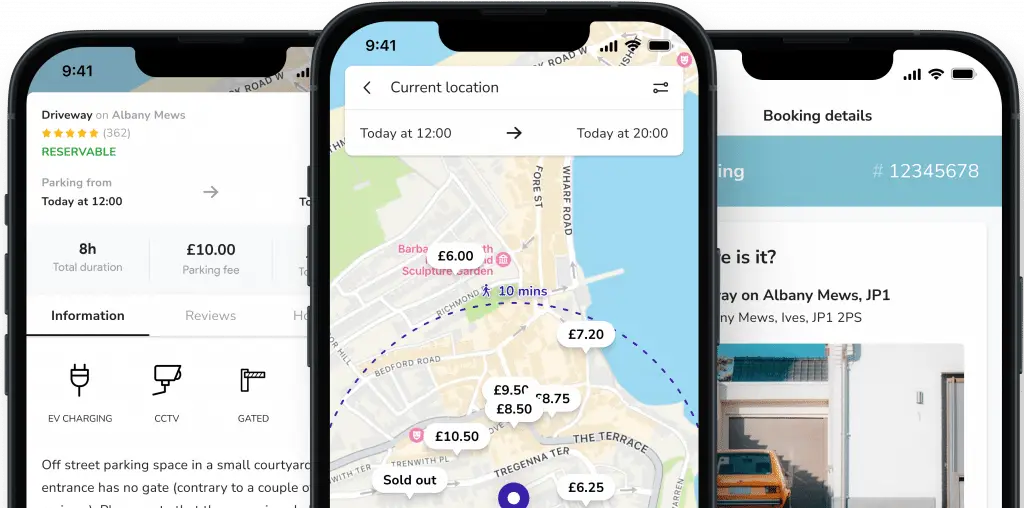
Train Lines and Stations
Liverpool Lime Street Station is the city’s main rail station, providing services to and from many locations across the UK. From Lime Street, you can take a taxi directly to Goodison Park, which takes about 10 minutes depending on traffic. Alternatively, you can take a short walk to Liverpool Central and catch a Northern Line train to Kirkdale station, which is about a 20-minute walk from the stadium.
Coach Services
National Express runs coaches to Liverpool from many major cities across the UK. These coaches will generally drop passengers off at Liverpool One Coach Station, which is a short taxi ride or a 30-minute walk from the ground.
Local Buses
Several local bus services run from Liverpool city centre to Goodison Park. The 19, 20, 21, and 311 services all stop within a short walk of the ground. For more detailed information, you can check the Merseytravel website.
Walking
For local residents or those staying in accommodations near the ground, walking to Goodison Park is a viable option. The stadium is approximately a 45 – 60 minute walk from Liverpool city centre. Be sure to check the safest and most direct walking routes.
Nearest Airports
Liverpool John Lennon Airport is the closest airport to Goodison Park, around 11 miles away. The airport has regular domestic and international flights. From the airport, you can take a taxi or catch the 80A or 86A bus into the city centre and then follow the local bus or train instructions above.
Manchester Airport is another option, especially for international travelers, as it offers more international connections. From Manchester Airport, you can take a train directly to Liverpool Lime Street.
Remember to plan your journey in advance to ensure a smooth and enjoyable matchday experience at Goodison Park.
Advice Before Going to Goodison Park
Before you embark on your visit to Goodison Park, here are a few practical tips to make your matchday experience as smooth and enjoyable as possible.
Purchase Tickets in Advance
For the majority of fixtures, especially Premier League matches, it is advisable to buy your tickets well in advance. This can be done online or over the phone through the official Everton FC website or ticket office.
Everton games often sell out, especially against top-flight opponents, so securing your seat early is recommended.
Plan Your Journey
With a variety of transportation options available, planning your route to Goodison Park is crucial. If you’re driving, be aware that parking can be tricky on matchdays, so allow extra time to find a suitable parking space. If you’re using public transport, check the schedules ahead of time to make sure you arrive well before kickoff.
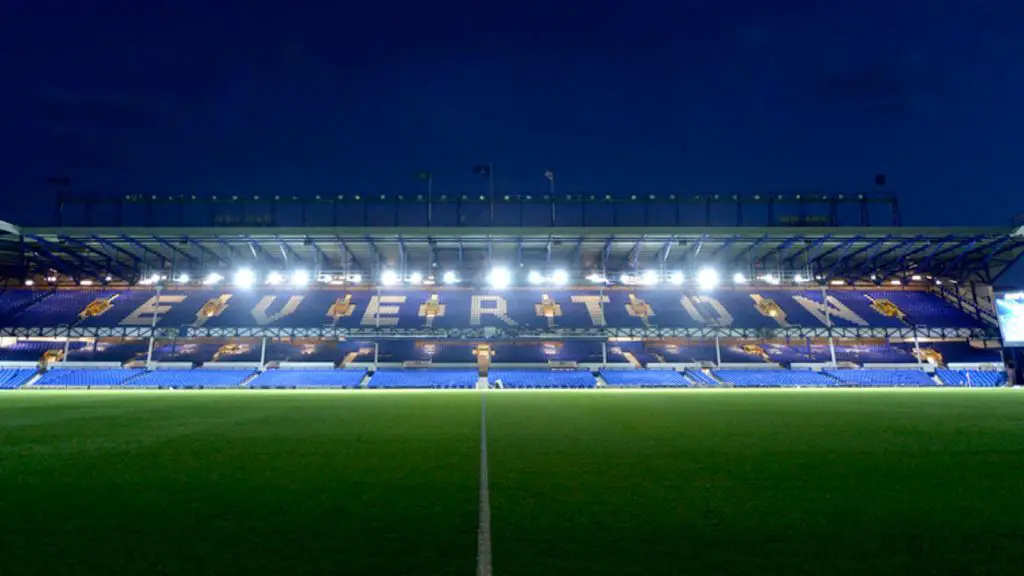
Arrive Early
On matchdays, the areas around Goodison Park can become incredibly busy. Arriving at least an hour before kick-off will not only help you avoid the worst of the crowds but also gives you ample time to soak up the atmosphere, visit the club shop, and perhaps get something to eat or drink before the game starts.
Dress for the Weather
Being an outdoor venue, Goodison Park is subject to the unpredictable British weather. Check the forecast before you set off and dress appropriately. Remember, umbrellas are generally not allowed in the stadium, so if rain is predicted, a waterproof coat would be more suitable.
Respect the Ground’s Regulations
Goodison Park, like all football stadiums, has a set of regulations designed to ensure the safety and enjoyment of all spectators. These include prohibitions on certain items, such as flares and offensive banners. Please respect these rules to ensure a great experience for everyone.
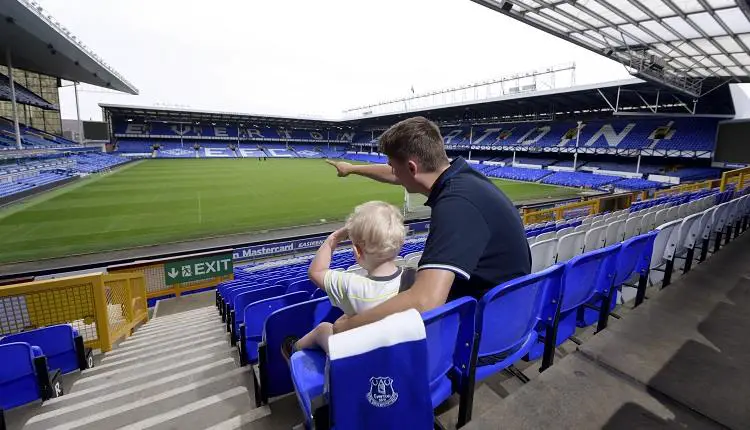
Enjoy the Local Area
If you have time before or after the match, take a moment to explore the local area. Stanley Park, which sits between Goodison Park and Liverpool’s Anfield, is worth a visit. Also, the nearby areas of Walton and Anfield offer a taste of traditional Liverpool, with plenty of shops, pubs, and eateries.
Going to Goodison Park is about more than just watching a football match; it’s an experience steeped in history and tradition. These tips should help you make the most of your visit to this iconic venue.

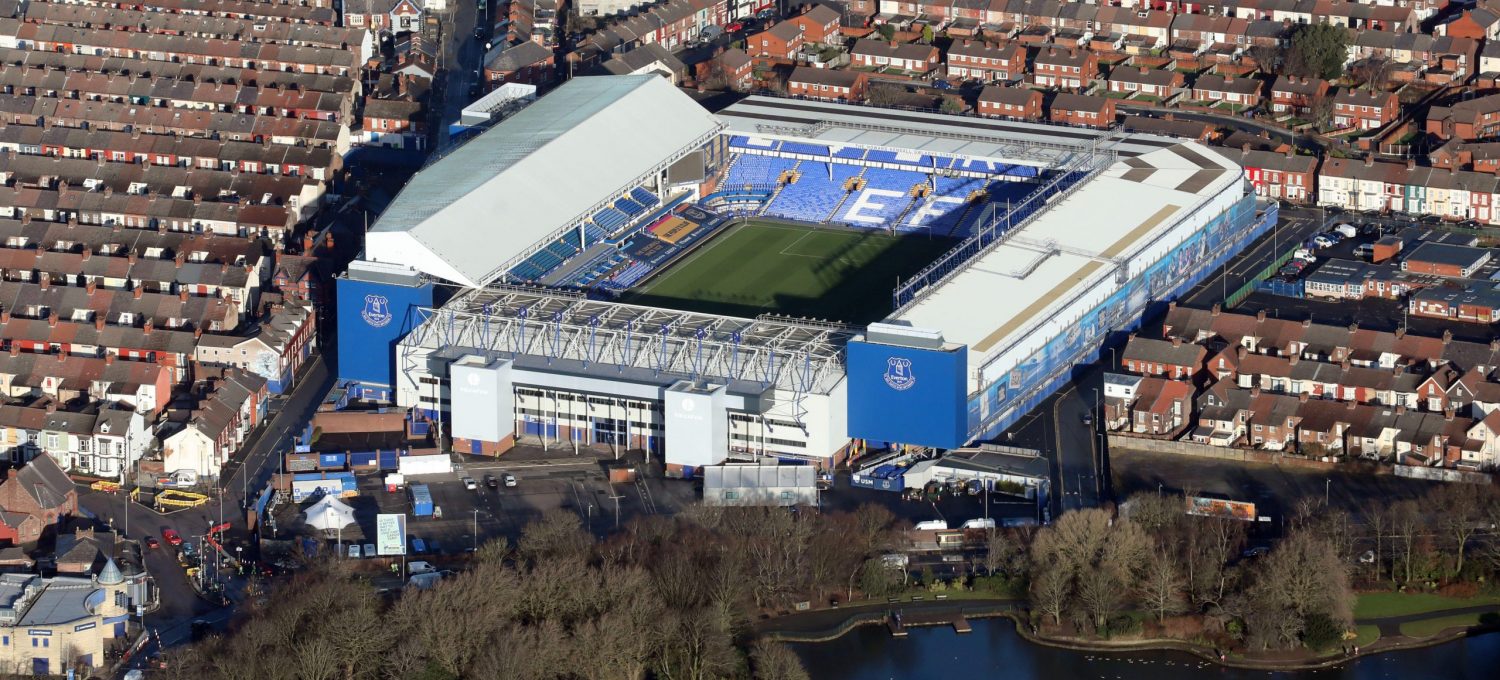

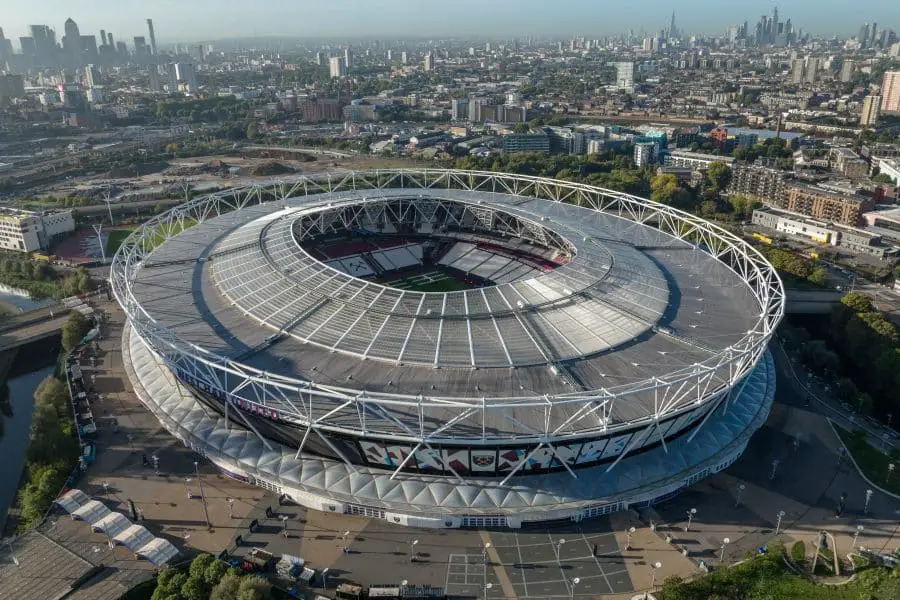
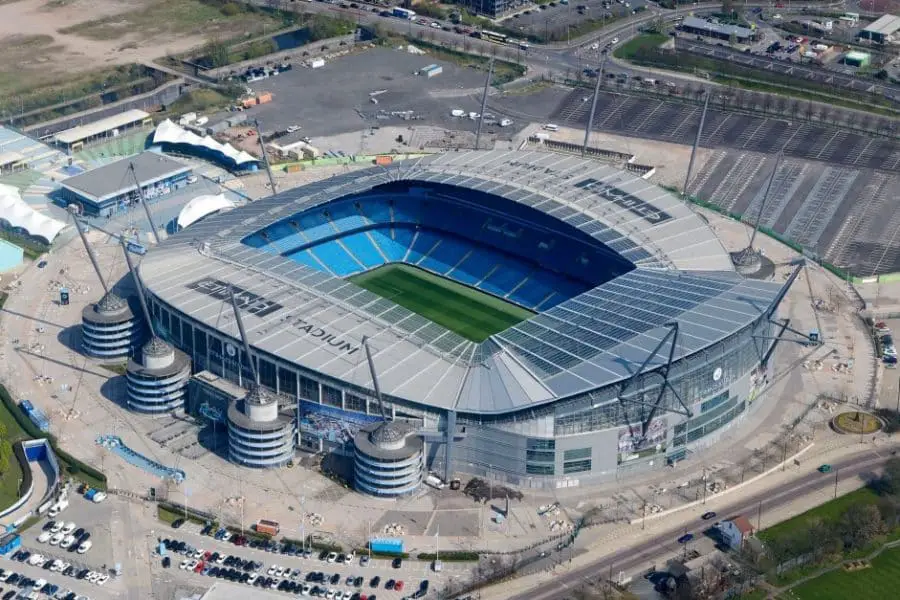
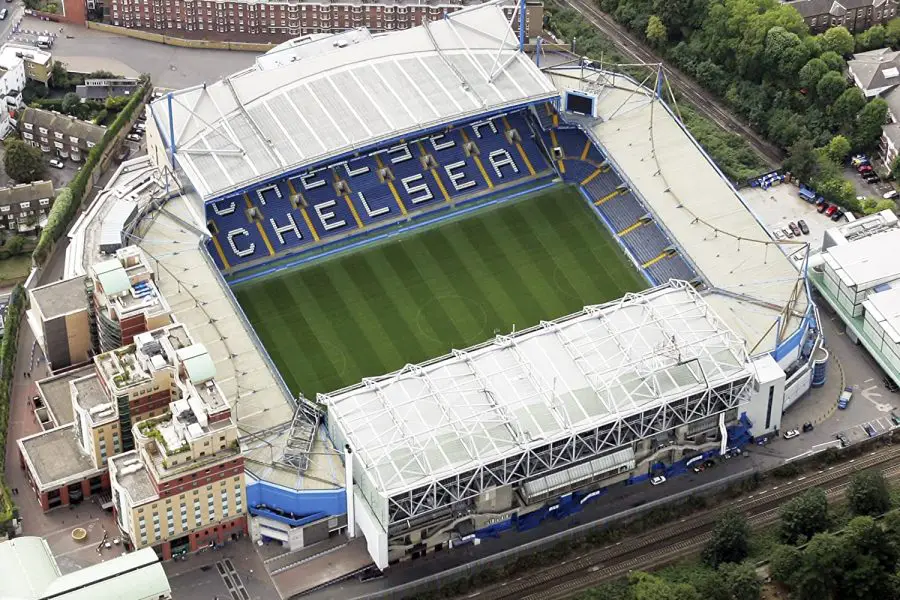
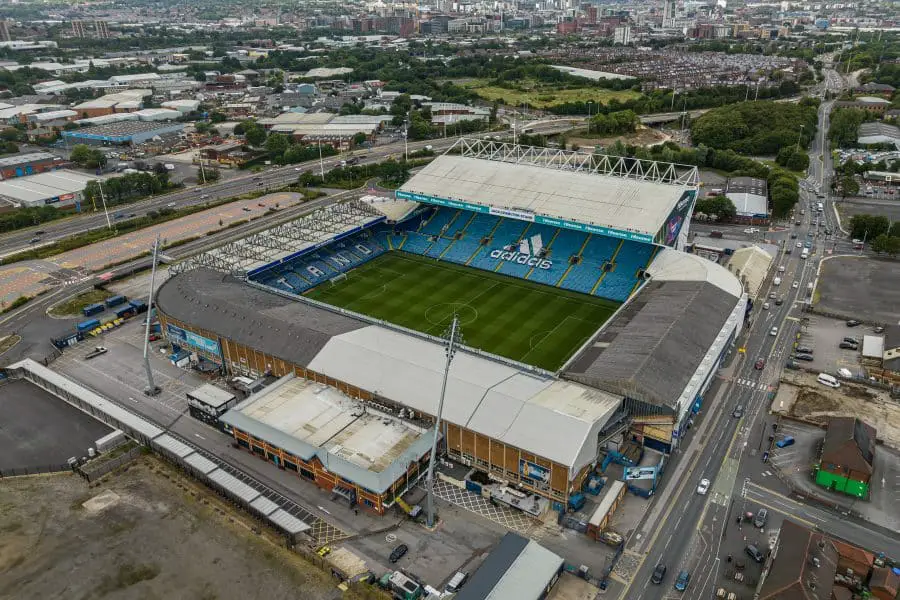
Leave a Comment